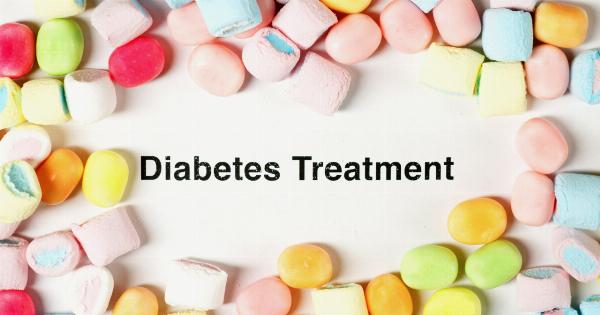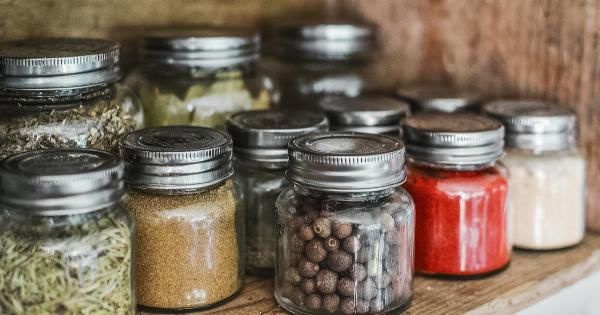Thrombosis, commonly known as blood clotting, is a potentially dangerous condition that can lead to serious health complications if not prevented or treated in a timely manner.
Blood clots can form in any blood vessel in the body and can be life-threatening if they travel to vital organs like the lungs or brain. However, with the right knowledge and lifestyle modifications, you can significantly reduce your risk of developing thrombosis. In this article, we will discuss the four critical tips for thrombosis prevention.
1. Stay Active and Exercise Regularly
Regular physical activity is crucial in preventing thrombosis. Exercise helps promote blood flow and prevents blood stagnation, reducing the risk of clot formation.
Aim for at least 30 minutes of moderate-intensity exercise, such as brisk walking, swimming, or cycling, on most days of the week. If you have a sedentary job, take regular breaks and incorporate stretching or short walks throughout the day to keep your blood flowing.
Furthermore, if you have a higher risk of thrombosis, your doctor may advise you to wear compression stockings during long flights or periods of inactivity. These stockings help improve circulation and prevent blood pooling in the legs.
2. Maintain a Healthy Weight and Eat a Balanced Diet
Being overweight or obese increases the risk of developing thrombosis. Excess weight puts additional pressure on your blood vessels, making them more prone to damage and clot formation.
By maintaining a healthy weight, you can significantly reduce your risk of thrombosis.
Incorporate a balanced diet rich in fruits, vegetables, whole grains, lean proteins, and healthy fats. Avoid foods high in saturated fats, trans fats, and cholesterol, as they can contribute to clot formation.
Instead, opt for heart-healthy foods like salmon, avocados, nuts, and olive oil.
Additionally, stay hydrated by drinking plenty of water throughout the day. Proper hydration helps prevent your blood from thickening, reducing the likelihood of clots.
3. Quit Smoking and Limit Alcohol Consumption
Smoking damages blood vessels and increases the risk of clot formation. Chemicals in cigarettes cause blood platelets to become stickier, making them more likely to form clumps or clots.
If you smoke, quitting is one of the most effective ways to reduce your risk of thrombosis and improve overall health. Seek support from healthcare professionals, join smoking cessation programs, or consider nicotine replacement therapy if needed.
Furthermore, excessive alcohol consumption can also contribute to thrombosis. Alcohol thickens the blood, making it more prone to clotting. Limit your alcohol intake to moderate levels or avoid it altogether for optimal thrombosis prevention.
4. Recognize and Address Risk Factors
It is important to be aware of the risk factors associated with thrombosis and take necessary precautions if you have any of them. Some common risk factors include:.
- Family history of blood clots
- Previous history of thrombosis
- Advanced age
- Pregnancy or recent childbirth
- Use of hormonal contraceptives or hormone replacement therapy
- Underlying diseases such as cancer, heart disease, or autoimmune disorders
- Prolonged immobility or bed rest
If you have any of these risk factors, consult with your healthcare provider to develop a personalized thrombosis prevention plan. They may recommend lifestyle modifications, medications, or other interventions to reduce your risk.
Conclusion
Thrombosis prevention is crucial for maintaining optimal health and reducing the risk of life-threatening complications.
By following these four critical tips—staying active, maintaining a healthy weight, quitting smoking, and recognizing risk factors—you can significantly reduce your risk of developing blood clots. Incorporate these strategies into your lifestyle to promote healthy blood flow and protect yourself from thrombosis.



























